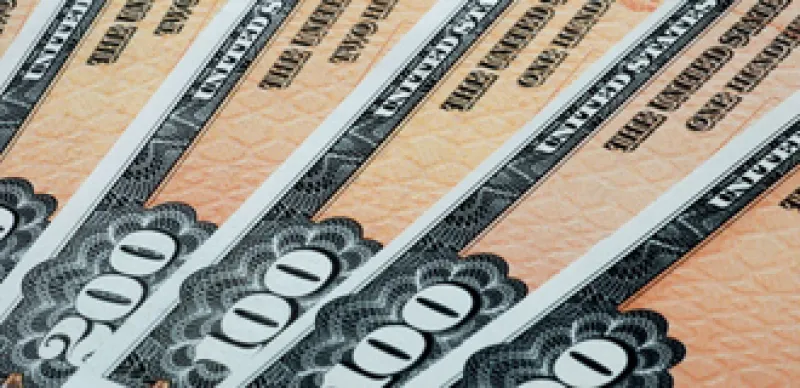Monday's sharp sell-off in treasuries in the wake of weaker demand during the $32 billion three-year-note auction left many market observers nervously facing the remainder of the week. With two more auctions and Federal Reserve Chairman Ben Bernanke slated to testify before the House Budget Committee many players appear to be waiting for the dust to settle.
Greg Whiteley is the portfolio manager for US government bonds at DoubleLine Capital, an $8 billion AUM asset management firm launched in 2009 by a group of managers and executives from TCW led by Jeffrey Gundlach, who oversaw about $65 billion of TCW's $110 billion of assets before he was fired. Prior to TCW, Whitley spent time on the sell-side at both Lehman Brothers and Solomon Brothers.
Institutional Investor contributing writer Andrew Barber spoke with Whitely about his perspective on the volatility in the treasury markets in recent sessions and his longer term view on the interest rate environment.
Institutional Investor: We saw a strong Treasury market selloff in reaction to the three year auction yesterday. Do you see this as a potential turning point for the market?
Gregory Whiteley: When the auction results initially came out things seemed to be going smoothly --three year auctions tend to be non-eventful, but a look under the surface showed that a much larger proportion of this auction went to dealers than is ordinarily the case. With almost two thirds of the auction in the hands of dealers, the new securities became something of a hot potato and it felt like the real money decided to stay home. I think that it was really dealers looking to shed some duration and get prepared for today's ten year auctions that sparked the selling – much more so than a reaction to the comments from Fisher and Lacker, whose views were known already fairly well known.
We have been seeing a sustained rise in yields over the past few months, we got a bit of a break in January but for the most part rates bottomed late last year in October and November and have been rising since then. I think there is a view that the economy is gaining strength, along with the perception that the pace of improvement is accelerating. Having said that, we may be somewhere near a kind of inflection point as it becomes increasingly difficult to be comfortable with the US forecast. I think there is actually much more uncertainty about the direction of the economy and the direction of rates than there was six months ago.
II: What impact is Federal Reserve policy having at this point? Presumably the impact of easing will be factored in fully at some point.
GW: Chairman Bernanke seems determined to bring the quantitative easing program to its pre-announced conclusion and use the entire 600 billion by June. The comments in the latest minutes release illustrate that. Whereas two statements ago the committee commented that the rate of improvement in the economy had been inadequate to bring down the unemployment rate, the language was changed in the latest statement to say that we haven't seen sustained improvement in labor market conditions. In light of modest improvements in unemployment levels over the period between those statements, the impression I have is that they would spin their view of the economy somewhat in order to continue to justify sustaining the QE2 program. Possibly even additional purchase programs.
So the economy is picking up – not in areas that will help in job creation, but picking up nevertheless. At the same time the Fed chairman seems determined to continue on course.
II: How are you positioning your portfolios currently?
GW: Well first of all, our investment approach does not really make use of interest rate anticipation to any great degree. We are not taking a strong, long duration or short duration position versus our performance benchmarks and, although we feel that rates could definitely go higher in the near-term, we don't see the economy as being as strong as many other people do and think that at some point this sell-off will run out of gas. If the 10-year yield got to four percent we'd be looking at some sort of pullback.
Investment-wise we are focusing more on fundamental valuations – for instance we are negative on high-yield bonds at this point. They have reached a comparatively low spread to treasuries and those yields reflect a very low outlook for defaults. The sector has just become overvalued.
Andrew Barber's firm, Waverly Advisors, has had a sell recommendation on 10 Year Treasury Note futures since January 13th.






